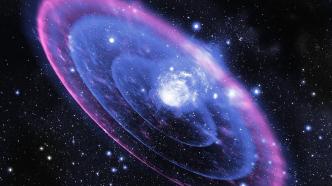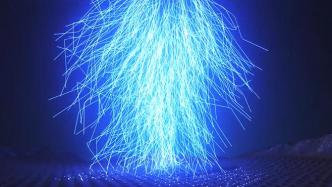
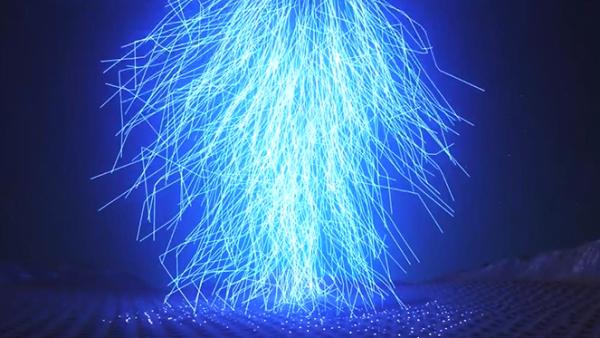
On June 9, 2023, "Science" magazine published online the latest observation and research results of my country's High Altitude Cosmic Ray Observatory (LHAASO, Chinese referred to as Lasuo) on the gamma-ray burst named GRB221009A: Lasso's first It has completely recorded the whole process of the TEV gamma-ray burst at the moment of death of a massive star. This achievement was completed by Lasso International Cooperation Group.
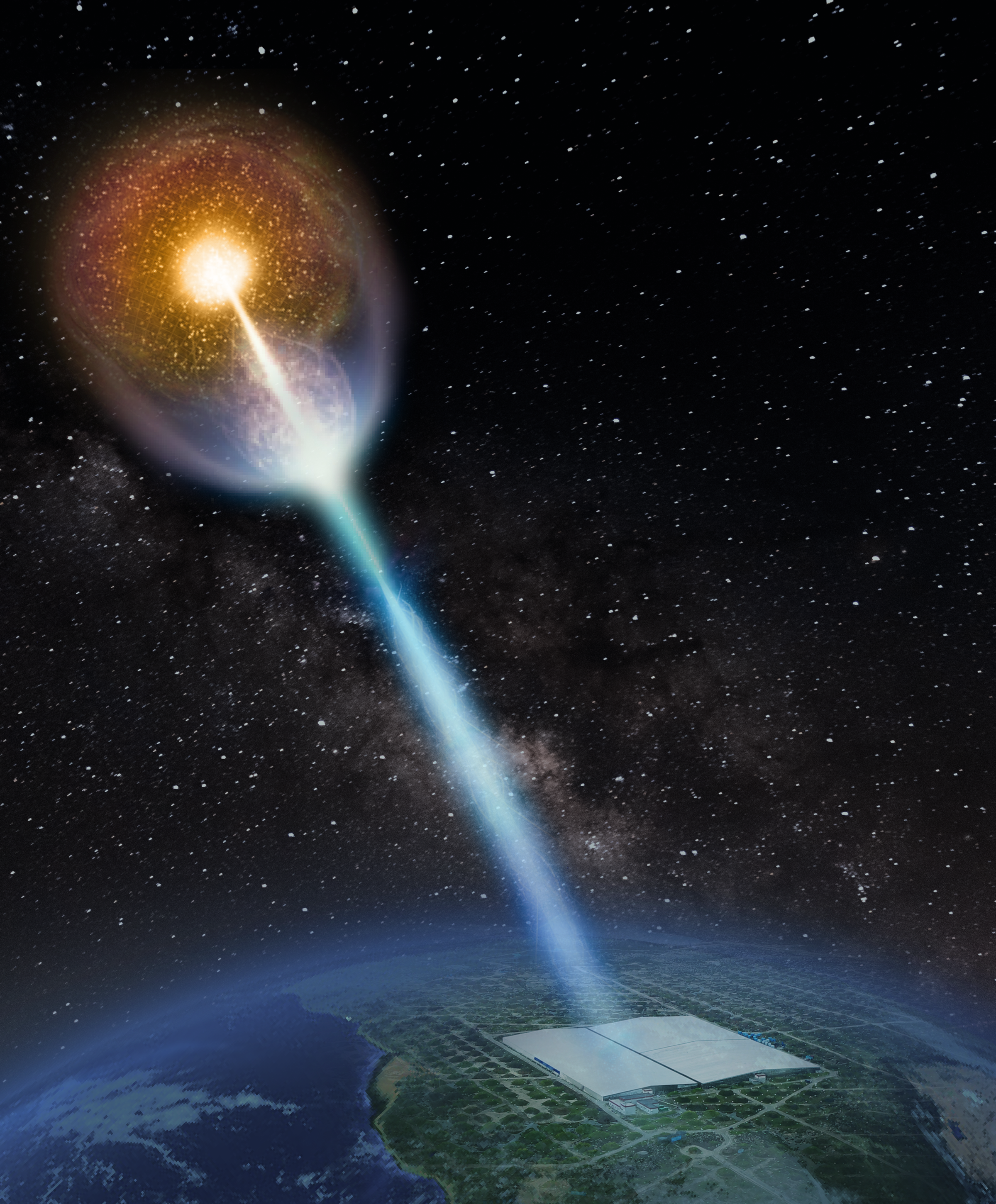
This explosion happens once every ten thousand years, and it is expected that the observation results will remain the best within a hundred years
About 2 billion years ago, a "super sun" massive star more than 20 times heavier than the sun burned its nuclear fusion fuel, collapsed instantly, triggered a huge explosion fireball, and sent out a huge "cosmic firework" that lasted hundreds of seconds Gamma ray burst. A large number of tera-electron-volt high-energy gamma photons produced by the collision between the fireball and the interstellar matter passed through the vast universe, flew straight to the earth, and arrived at the field of view of "Lasso" at 21:20:50 on October 9, 2022. More than 60,000 gamma photons were collected by Lasso. After months of analysis, scientists finally lifted the veil of the explosion.
A gamma-ray burst (also abbreviated as a gamma-ray burst) is the most violent celestial explosion phenomenon after the Big Bang. It refers to the flickering phenomenon of gamma rays suddenly enhanced from a certain direction in the sky. Gamma-ray bursts can be as short as a thousandth of a second and as long as hours. Short-duration GRBs are produced by the merger of two nearby compact stars (black holes or neutron stars), while long-duration GRBs are produced by the collapse and explosion of massive stars (superstars) as they run out of fuel.
The details of the signal collected by the cable indicate that the detected photons originated from the "following explosion" after the "main explosion" of the gamma-ray burst event.
Cao Zhen, chief scientist of the Lasso project, spokesperson of the Lasso International Cooperation Group, and a researcher at the Institute of High Energy Physics of the Chinese Academy of Sciences, said: "The 'main explosion' is also called instantaneous radiation. Gamma-ray radiation. Collisions of explosives close to the speed of light with ambient gas produce a 'following explosion', also known as an afterglow. For the first time, Lasso accurately observed the complete process of the 'following explosion', recording trillions of electrons The whole phase of enhancement and decay of the volt gamma-ray flux."
With observations of tens of thousands of gamma-ray bursts, scientists have established a theoretical model that seems perfect, and even believes in it. The cable has realized the textbook-style complete observation of the light change process in the high-energy band that other experiments have not achieved, and provides an experimental basis for the accurate test of the theoretical model.
The GRB221009A gamma-ray burst is the brightest gamma-ray burst detected by humans since records have been recorded. Scientists infer that the probability of such a bright gamma-ray burst sweeping across the earth is once every 10,000 years. "In view of the rarity of this outbreak, which is rare in ten thousand years, this observation result is expected to remain the best in the next few decades or even hundreds of years." Cao Zhen said.
Rapid enhancement of high-energy photon flux measured for the first time by "Lasso"
"During the subsequent explosion, the cable detected the extremely rapid increase in photon flow for the first time." Yao Zhiguo, one of the corresponding authors of the paper and a researcher at the Institute of High Energy Physics, Chinese Academy of Sciences, said.
According to the expectation of previous theoretical models, the growth of the flux of high-energy photons in the subsequent explosion process should be relatively slow and stable. But this time Lasso observed a more than 100-fold increase in the flux of high-energy photons in the early, less than two-second period of the ensuing detonation.
Yao Zhiguo said: "The early rapid enhancement phenomenon exceeded the expectations of previous theoretical models. What kind of mechanism exists? The observation results published this time will trigger the scientific community to study gamma-ray burst energy injection, photon absorption, and particle acceleration. In-depth discussion of the mechanism.
The observation results of the cable also showed that the brightness of the high-energy radiation suddenly and rapidly weakened at some point less than 10 minutes after the detonation.
Wang Xiangyu, a professor at Nanjing University and one of the corresponding authors of the paper, said: "This can be explained that the projectile after the explosion is a jet-like structure, and when the radiation angle expands to the edge of the jet, it causes a rapid decrease in brightness."
Since this brightness transition occurred very early, the opening angle of the jet was measured to be very small, only 0.8 degrees. This is the smallest jet known so far, meaning that what is observed is actually the brightest core of a typical jet with a bright interior and a dark exterior. "It is precisely because the observer happens to be facing the brightest core of the jet, which naturally explains why this gamma-ray burst is the brightest in history, and why such events are extremely rare." One of the corresponding authors of the paper, Dai Zigao, a professor at the University of Science and Technology of China, said.
Furthermore, during the ten minutes of this gamma-ray burst event, Lasso recorded more photons than the accumulated observations of the "standard candle" Crab Nebula over the past few years.
"If the selection conditions are minimized, the number of photons can reach 100,000!" said Cha Min, one of the corresponding authors of the paper and a researcher at the Institute of High Energy Physics, Chinese Academy of Sciences. Compared with other experimental devices in the same energy zone, even those specially designed to track gamma-ray bursts, the number of photons they detected is only below a thousand, and they all only detected the "afterglow" after 60 seconds after the explosion.
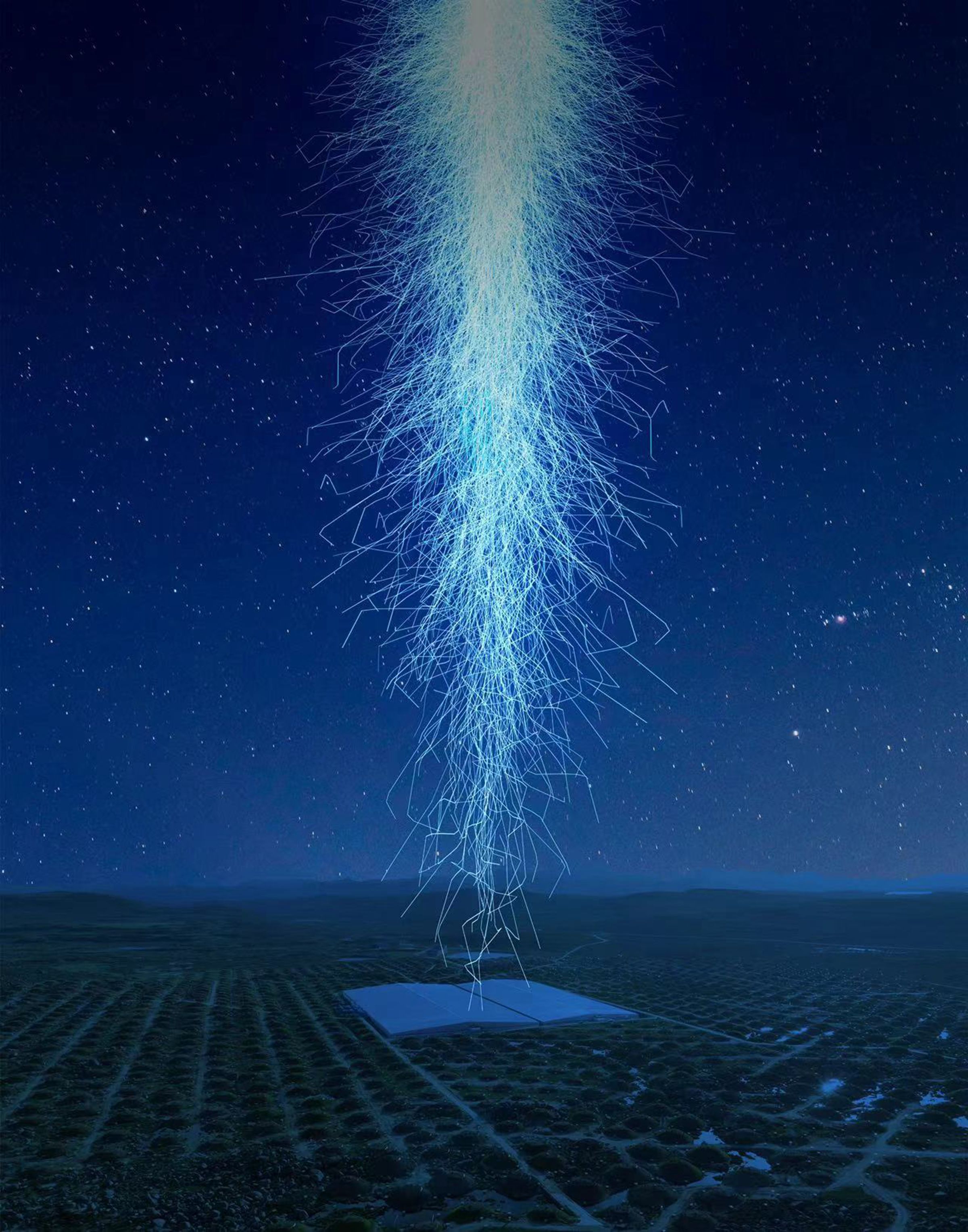
There are still many new discoveries in this explosion, and more mysteries will be revealed
On October 9, 2022, at 21:16:59.59 Beijing time, the Gamma-ray Space Telescope satellite of the United States first detected an unusually bright gamma-ray burst, named GRB221009A according to international practice, followed by dozens of space and ground detectors The outbreak was observed. my country's high-altitude cosmic ray observatory, the high-energy burst explorer satellite and the smart eye satellite detected this gamma-ray burst at the same time, realizing the coordinated observation of space and ground with a wide energy range spanning 11 orders of magnitude.
Cao Zhen said: "This gamma-ray burst is a long burst, and its brightness is dozens of times higher than the brightest gamma-ray burst in the past. The excessively high photon flow has saturated the detectors of many international experiments."
The observation results are mainly provided by Lasso's water Cherenkov detector array. The observation energy range of the array for gamma rays spans two orders of magnitude, between 100 billion electron volts and 10 trillion electron volts, and has the characteristics of wide field of view and all-weather. Captive observation of phenomena has outstanding advantages.
After the international warning of GRB 221009A was released, Cao Zhen quickly organized several teams to carry out data analysis and theoretical interpretation. The follow-up joint space-ground data analysis has been fully launched, and more observational research results will be published one after another.
The observation results of this time are of great significance.
Gao He, a professor of the Department of Astronomy at Beijing Normal University, said: "Lasso lived up to expectations, and for the first time gave the complete light curve and energy spectrum of a gamma-ray burst at TeV (note: trillion electron volts) energy. Human understanding of gamma-ray burst radiation mechanism and jet structure."
"As of now, there are many other new discoveries in this explosion. Scientists are still relentlessly plowing through the data of the cable, trying to reveal more mysteries. Please wait for the follow-up data analysis results of the cable." Cao Zhen said The results of the next stage of Lasso give an optimistic expectation.


